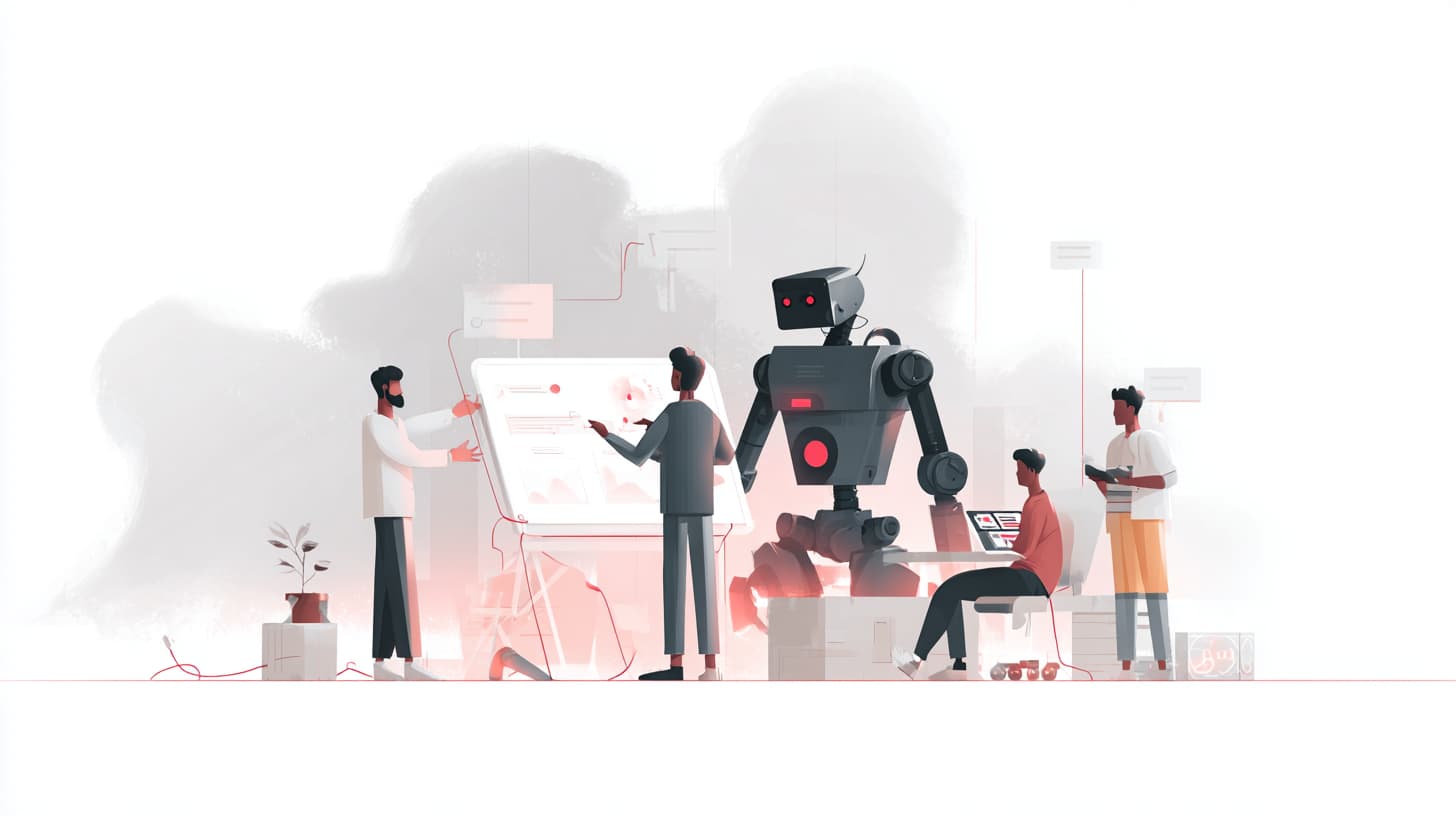By EloInsights
- Octavio Milliet, founder of xTree, a company that offers learning experiences, talks about the relevance and how to make learning strategic to shape corporate culture.
- Generating value comes from linking knowledge management to a pain, ambition or business challenge.
- In addition to topics such as “lifelong learning”, “learning how to learn”, “upskilling” and “reskilling”, we address the crucial role of C-levels in valuing knowledge to keep up with the pace of change in the world.
For a contemporary organization, intelligent knowledge management has become an essential capability. This competence relates to a mindset and the structuring of learning processes in the corporate culture, encouraging employees to learn continuously, efficiently and in line with the company’s vision for the future.
It is not about promoting isolated training sessions, but a combination of initiatives that generate a positive impact. Learning generates value both through people’s engagement and the return through practical application in real business projects. In other words, strategic learning.
This is the vision of Octavio Milliet, CEO of xTree, which sees itself as a strategic partner for other companies by using knowledge as a lever for business. For him, the New Digital Age has taken us out of our comfort zone. If before we learned something and used it for years, even decades, today it’s drastically different. We need to keep changing, just like the world, and this rule is no different in the corporate environment.
“We need to relearn how to learn. We need to know that there are better ways of learning. And it is not like school, sitting around memorizing things. We have very efficient ways of absorbing knowledge, and this is very important for making the best use of our time”, states Milliet.
Check out the full interview below:
Can you talk a bit about the concept of “strategic learning” and how this appears in xTree’s offerings?
For the last century in the business world, we have come from a training logic in which people absorb knowledge passively. With low engagement and a lack of direct connection to the business challenge. In our view, this model has several flaws.
Strategic learning is what really generates value. Not only through engagement, but also by increasing the impact on the business. Our central point is to start from a pain, a challenge or an ambition of the company. We look at business and not just the individual. The whole learning logic is built on this. We don’t offer courses or programs per se, but a strategic partnership through knowledge, which helps improve business performance.
It is directly connected to something that can be implemented in practice, because our ability to retain knowledge is much greater when we apply it. The return on investment is much higher.
How important is it for organizations to invest in a culture of lifelong learning? How does this relate to their ability to innovate and remain relevant in the market?
Lifelong learning is here to stay. We see the world undergoing a huge transformation. I am talking about a New Digital Age movement, Economy 4.0, a process that we have been experiencing for 20 years and which has pushed us out of our comfort zone.
Development and the speed of change have increased enormously. For people and companies to remain relevant, they need to be in a continuous learning process. According to Gartner, 8 out of 10 people do not have the skills they need for their current jobs or future careers. The world’s conveyor belt has accelerated and anyone who keeps up the same pace as 10 or 15 years ago will stumble and fall. And not just individuals, but companies too.
It is impossible to think of making a business more innovative, more digital, without involving people. It Is a fallacy to think that digital transformation is just about technology. It comes through people.
In this context, what role do employee upskilling and reskilling processes play?
It is a process of embedding a culture. And this comes very much from the top. Management must understand the importance of this learning culture, understand that part of the team’s dedication is to keeping people relevant, and the company as a result. In a survey, Amazon showed that 71% of people who went through an upskilling process felt more satisfied with their jobs.
In upskilling, I retrain myself in the same line of work and update my knowledge. It is an HR person coming to understand what the most modern practices in the area are today. Reskilling is a professional shift. The person leaves a position, which eventually ceases to exist. Technology is eliminating positions, so you must retrain to take on new roles.
As individuals, we have to keep learning constantly as part of our lives. It is a continuous process of upskilling. The company, on the other hand, must consider this within an organized structure. In other words, in terms of budget, process, time commitment and availability in people’s schedules.
What is your perspective on “learning how to learn” and how does this impact on building a growth path?
We need to relearn how to learn. First, we need to understand the value of time, our main asset, which is scarce. We are massacred by information all the time in different forms. We are used to absorbing a lot of useless information. Training is reading a book, taking a course, studying and developing. This switch from training to information seems simple, but it is very important.
Secondly, we need to organize our learning. In this sense, it is worth using techniques and tools, such as Kanban, to define stages of immersion, from a more superficial approach to a deeper one. In the latter, for example, I can read books, take courses, to the point where I am qualified and up to date on a given topic. In an organized way, you distribute and commit to learning.
Another crucial point is to define moments of “deep work”, of concentration. I can mention the state of flow, which is a highly focused mental state conducive to productivity. It’s about understanding how I concentrate to immerse myself, understand and absorb that knowledge.
Our knowledge dissipates very quickly. Barbara Oakley’s technique of spaced repetition is highly effective, establishing contact with a particular piece of knowledge and then returning to it. It can be done in diverse ways, through a text, an article, a podcast, the summary of a book, or an entire book. It is having points of contact with the same knowledge multiple times.
Are there ways in which an organization can stimulate and structure the exchange of knowledge between employees? What is your view of the importance of this exchange of knowledge within a company?
Changing or incorporating a culture into any company is a lengthy process. The theory goes that a cultural change takes between five and seven years. Incorporating a learning culture is a daily process.
One of the paths being developed is learning networks. In other words, one person learns, teaches the other and I generate and multiply this knowledge within the company.
There is the Feynman Technique: when I teach the knowledge I have received in a condensed and objective way, I show that I have retained it. It is a way for the person, after their first contact with learning, to retain it, while at the same time passing it on to the team.
How do you think knowledge governance should work? Who is responsible for this management in organizations?
The dissemination and evolution of this knowledge in a sustainable way is going to be a process of cultural change within the company. Therefore, it needs to be collaborative governance, so that people increasingly understand the value of it and engage with a common goal. Obviously, with structure and process, like the learning network.
In the corporate world and in business management, the more you put knowledge into practice, the greater the success of the company’s evolution.
In an article from 2020, you mentioned the term “knowledge depreciation”, the idea that we lose 20% of what we learn every year. Can you explain more about how this depreciation happens and how it connects to lifelong learning?
The depreciation of knowledge was put into figures by a Harvard professor, Boris Groysberg. The research concluded that our depreciation (the loss of value over time) of knowledge today is approximately 20% per year. In other words, something we learned five years ago – and we are talking about the corporate and business environment – is already becoming obsolete. We must not forget that our knowledge depreciates and, as time goes by, we lose relevance.
This research was carried out again during the pandemic and it showed that the depreciation of knowledge in the corporate environment and regarding ways of working exploded, to 70%. With constant learning, with proactivity, we will reduce this depreciation rate. In the same way as a factory. When you do maintenance, the depreciation tends to be lower than if you leave everything to rust. We must paint and maintain our factory, renewing our learning process so that the depreciation rate is not so high.
The educational model has accelerated its adoption of technology, with hybrid and distance learning formats already seen as a trend before 2020. How does all this, with its greater emphasis on digital, affect knowledge management in companies?
Today there is a huge opportunity to accelerate the knowledge process within companies. We can be under the illusion that the factor that disrupts the market, a certain product or practice, is technology. In reality, what generates disruption is a change in consumer behavior. And that is exactly what we have seen in the pandemic. People have been forced to go home, isolate themselves and start working, studying and interacting differently.
There is an argument that personal relationships are much more valuable than online relationships. For certain things, no doubt. But we cannot underestimate the value of this change in the world’s behavior. For years, there have been several tools and ways of generating, disseminating and stimulating learning through the use of technology.
Even with one person in Maceió, another in São Paulo, another in Porto Alegre, or even outside Brazil, but sharing that learning environment. The companies that have understood and incorporated this are brilliantly using technology to their advantage.
Incorporating this in an intelligent way is through methodology and well-structured technologies. If done well, the online experience can be as rich, or even richer, than the face-to-face experience.
Does it make sense to try to draw up a list of capabilities and skills that are the most important to cultivate today, in this context of knowledge management in the corporate environment?
Knowledge management is a bit like everything we have talked about: it is a question of mindset, of understanding the importance of this process within the company, as part of a learning culture. It is about people understanding how they can learn efficiently, cultivating curiosity and critical thinking.
When I talked about the change from information to training, it was about being more critical in choosing the knowledge we absorb. It is a combination of relevant initiatives that, when put together, generate a positive impact. It is not something specific and isolated.
As a reference, I suggest the top skills for 2025 from the World Economic Forum report. Active learning and learning strategies are second on the list.
In an article on constant learning, you cited Heather E. McGowan, co-author of the book “The Adaptation Advantage”, as a reference. Could you cite other works and authors who inspire this approach of finding new ways to keep up to date?
I could mention Simon Sinek and Adam Grant. I really like Marshall Goldsmith, who bring the perspective that “what got you here won’t get you there”. That we cannot stay in our comfort zone and disregard our surroundings and changes. This reflection is important.
More in the field of technology and all these transformations that companies are experiencing, I really like The Technology Fallacy, which brings the perspective that the digital transformation lies in people and not in technology itself. And there is Carol Dweck, author of the book Mindset.











